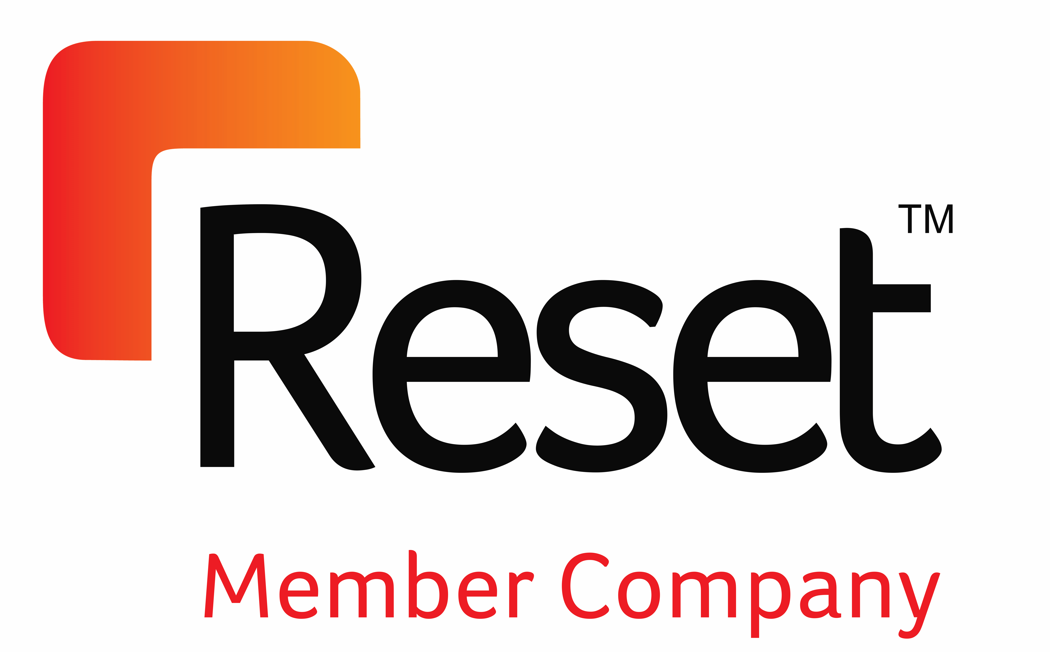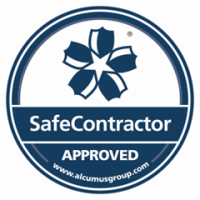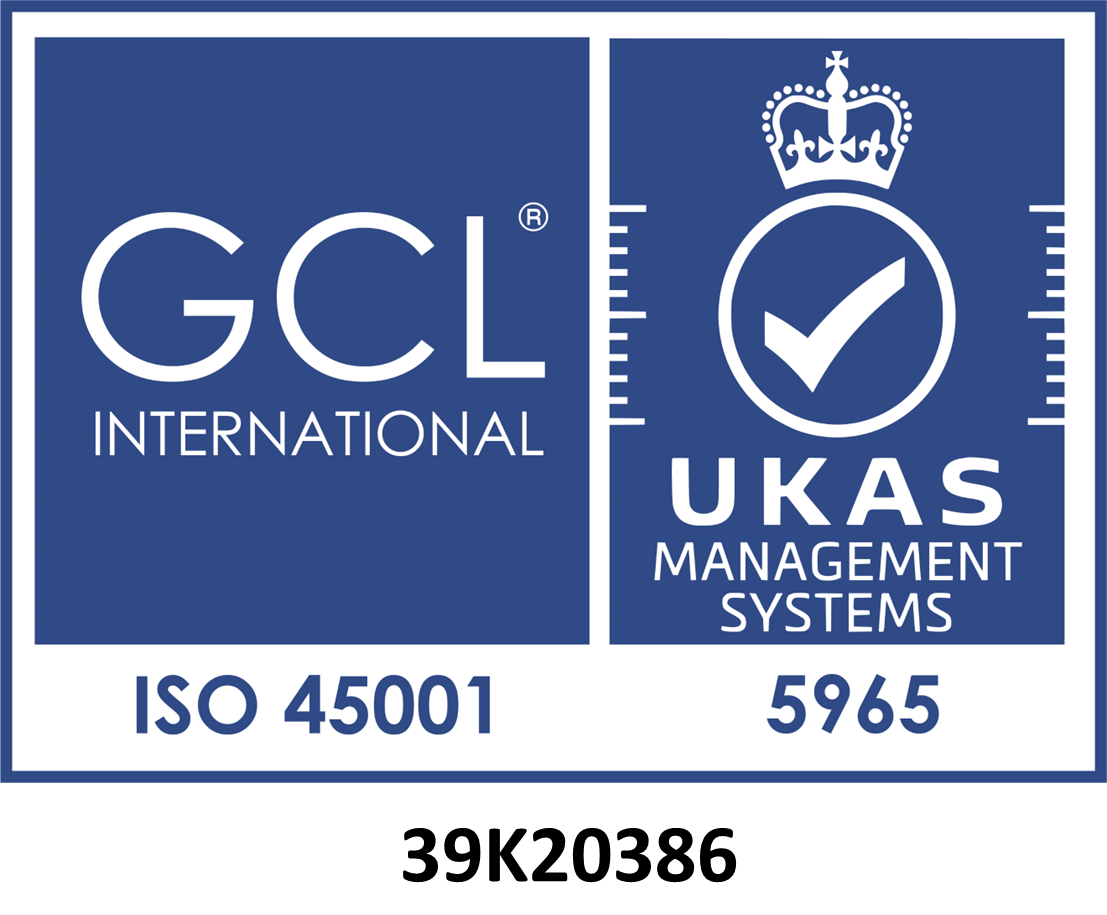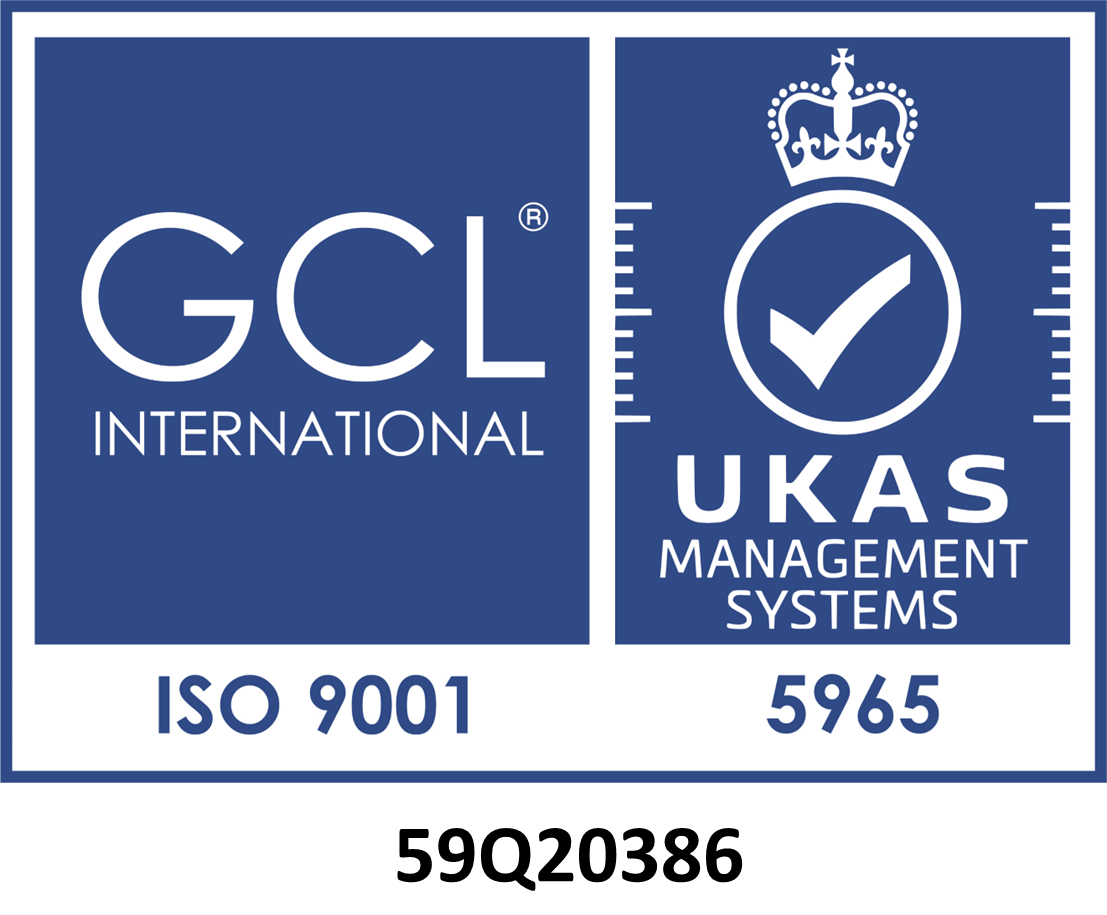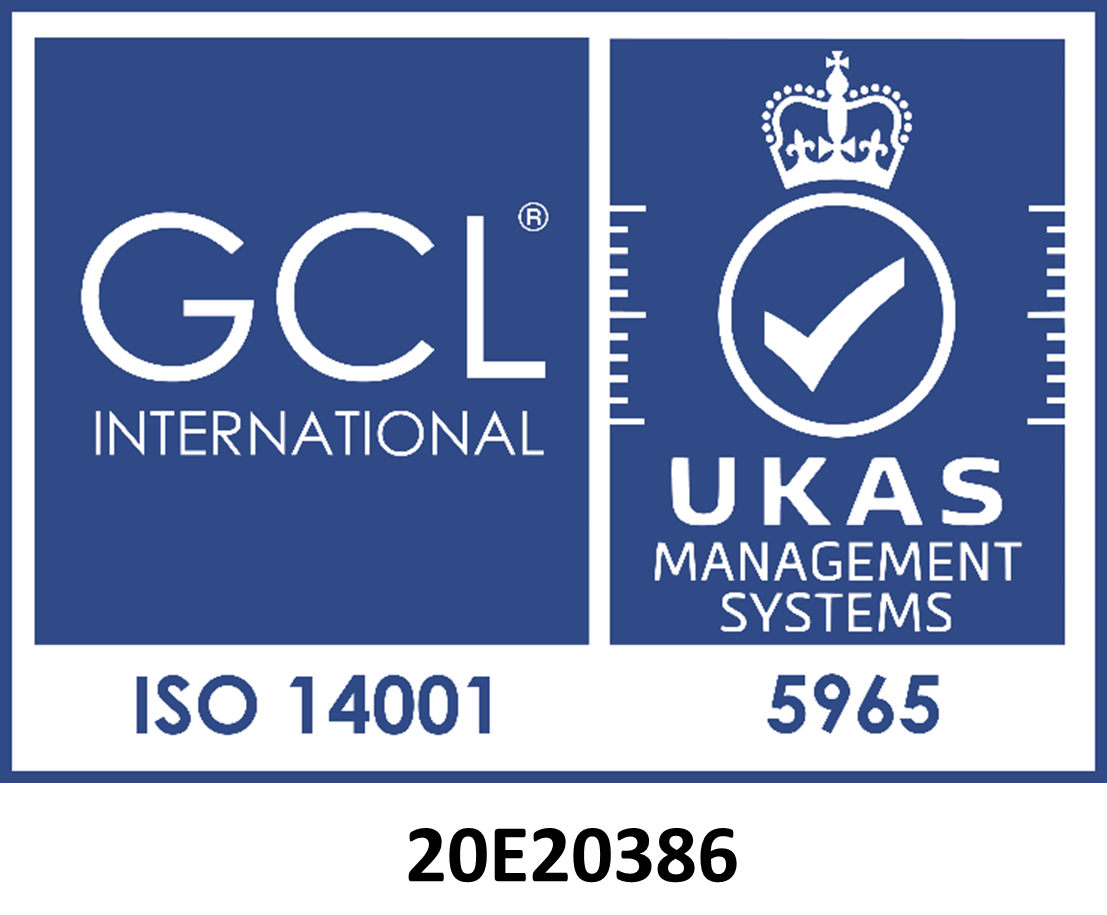Tecomak provide a range of decontamination services for research laboratories, healthcare facilities, cleanrooms and clean production areas. We use airborne automated disinfection systems that are certified to meet NFT 72-281. The technology we use has efficacy that can be validated on site. Our equipment is fully scalable from small enclosures (biological safety cabinet, isolators, incubators) to over 1000 m3 areas and complete buildings.

What do we mean by the term ‘biological decontamination’?
Decontamination is the process whereby an object such as a medical device, instrument or surface is rendered safe to handle. Decontamination is essential for laboratory biosafety to reduce the risk of disease transmission.
What is an airborne automated disinfection system?
Cleaning, decontamination and other hygiene control measures have always been implemented to prevent the potential survival and spread of microorganisms. In many laboratories, cleanrooms and sterile environments, whole room disinfection has been the best process to achieve this, since it enables difficult to reach places to be thoroughly disinfected. There are a range of techniques available to achieve this, from ultraviolet light to ionisation, but one of the most popular is chemical misting. A decontamination system that distributes a biocide via an automated spray, mist, fog, vapour, or other technique, is considered an ‘airborne automated disinfection system’.
What methods of decontamination do Tecomak offer?
We offer biological decontamination services using the following chemical disinfectants:
- Formaldehyde (CH20)
- Hydrogen Peroxide (H202)
The procedure for decontamination will depend not only on the chemical disinfectant used but also:
- The type of biological contamination present
- The extent and efficacy of decontamination required
- The design layout and volume of the space under consideration
- The sealability of the space and confidence in its current condition
- The environmental conditions and type of ventilation system serving the space (where present)
- Access restrictions that can be enforced on persons working close to the decontamination zone
What types of Facility and Equipment can Tecomak decontaminate?
If you need to decontaminate but do not have the resources, equipment or time then Tecomak can provide a solution. We can decontaminate a wide range of equipment and enclosures from 0.25 m3 to over 1000 m3 in a single cycle. We have significant experience with:
- Clean production areas (pharmaceutical, food and beverage)
- Biological containment laboratories (CL2, CL3 and CL4)
- Decommissioning and changes of use to laboratories and healthcare facilities
- HEPA filters and hazardous extract system
- Microbiological safety cabinets and Isolators
- Environmental chambers, fridges, storage facilities
Using our expertise in ventilation, Tecomak can deliver safe methods of decontamination where other companies may struggle.
What are the safety considerations of decontamination?
Personnel conducting decontamination must be sufficiently trained and experienced to deal with unforeseen circumstances including leakage from the device or room and accidental spillages of the disinfectant. Correct sealing must ensure the Workplace Exposure Limit (WEL) is not exceeded outside the decontamination zone.
Detailed planning and robust risk assessments should ensure all eventualities are covered.
A COSHH assessment for the selected disinfectant must be completed.
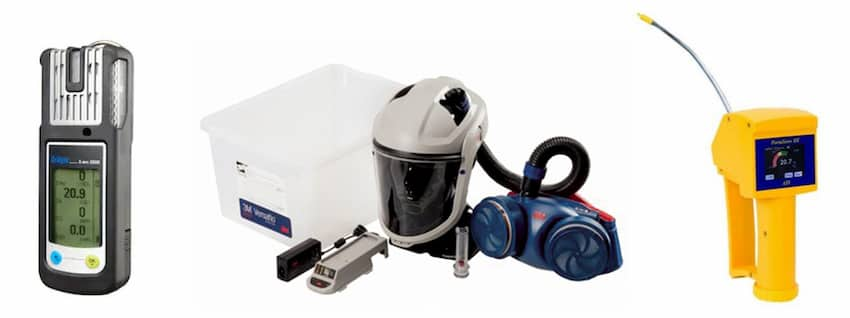
Safety equipment required will include;
- Respiratory protection – correctly selected RPE, we use powered / supplied air respirators
- General PPE – Lab coats or chemically resistant coveralls, gloves, googles
- Air monitoring equipment and personal monitors – accurate monitoring of personal exposure is easy with the use of personal gas monitoring equipment.
What recognized standards are there for airborne surface decontamination?
Until recently (October 2020) AFNOR NFT 72-281 was the most widely used standard for automated airborne disinfection systems. It has now been superseded by EN 17272 :2020.
The NF T 72-281 standard is a protocol designed by the French standardisation body AFNOR. It has been recognized for its particularly strict fulfilment conditions that aim to simulate real life conditions. The standard is recognised by the European Biocidal Product Regulation. It should be noted that around 70% of the aerosol systems in the market do not meet AFNOR NFT 72-281 requirements. The Devea Phileas range of equipment and disinfectant products have been independently certified to meet this standard.
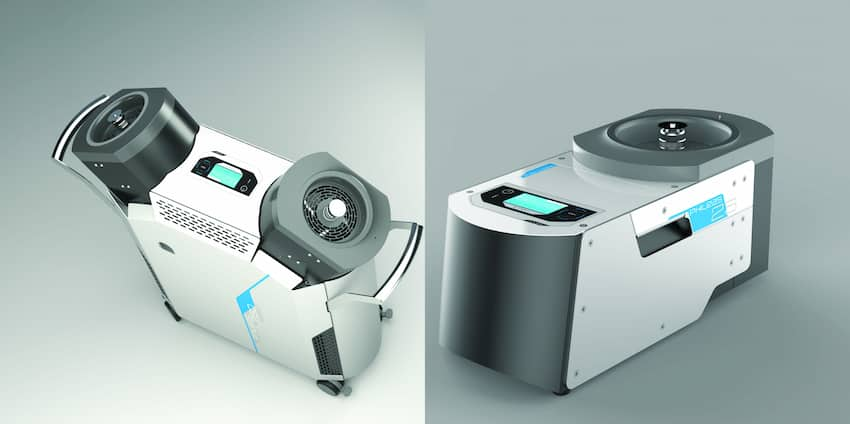
The test method within the standard challenges the disinfectant product along with its delivery mechanism against standardized micro-organisms (including Staphylococcus aureus and Pseudomonas aeruginosa) within a large enclosure (30–150 m3). The micro-organisms are presented within soil and, importantly, are located away from the delivery system and orientated so that the micro-organisms face in the opposite direction to the delivery apparatus. The NF T 72-281:2014 standard also provides a test methodology for ultra-violet-light-based room biodecontamination systems.
The biocidal efficacy requirements of AFNOR NF T 72-281 standard depend on the target organisms:
- Bacteria : > reduction of 5 log
- Spores: > reduction of 3 log
- Mushrooms and yeasts : > reduction of 4 log
- Viruses included phages: > reduction of 4 logs
- Mycobacteria : > reduction of 4 logs
BS EN 17272:2020 – Chemical disinfectants and antiseptics. Methods of airborne room disinfection by automated process. Determination of bactericidal, mycobactericidal, sporicidal, fungicidal, yeasticidal, virucidal and phagocidal activities.
From October 2020, this new European standard has replaced AFNOR NF T 72-281. Going forward regulators will now require efficacy data to this standard.
The BS EN 17272 standard is designed to determine efficacy of processes used in the medical, veterinary, food, industrial, domestic, and institutional areas, using automated processes for distributing chemicals by air diffusion with no operator manually applying the disinfectant. This includes the disinfection of nonporous surfaces but not that of the air.
The objective of the described processes is to disinfect the surfaces of the overall area including the external surfaces of the equipment contained in such rooms, and prove efficacy against vegetative bacteria, mycobacteria, bacterial spores, yeasts, fungal spores, viruses, and bacteriophages.
Whereas NFT 72-281, solely focused on evaluating biocidal activity of air surface disinfection processes, the BS EN 17272 test method consists of two parts, testing both effectiveness and distribution.
Efficacy Test: to ensure the minimum efficacy requirements are met for each type of claim e.g. bactericidal, fungicidal, for each relevant application area i.e. medical, veterinary, food, industrial, domestic and institutional. (the minimum is bactericidal and yeasticidal for all areas).
Distribution Test: to assess the process throughout the enclosure. It is performed with only one organism (staphylococcus aureus) in four sampling positions.
Depending on the area and organism, the log reductions required are from 3 to 5. For example, for bactericidal claim for food, industrial, domestic and institutional areas a log reduction of 5 (99.999%) is required; for virucidal claim for medical areas a log reduction of 4 (99.99%) is required.

